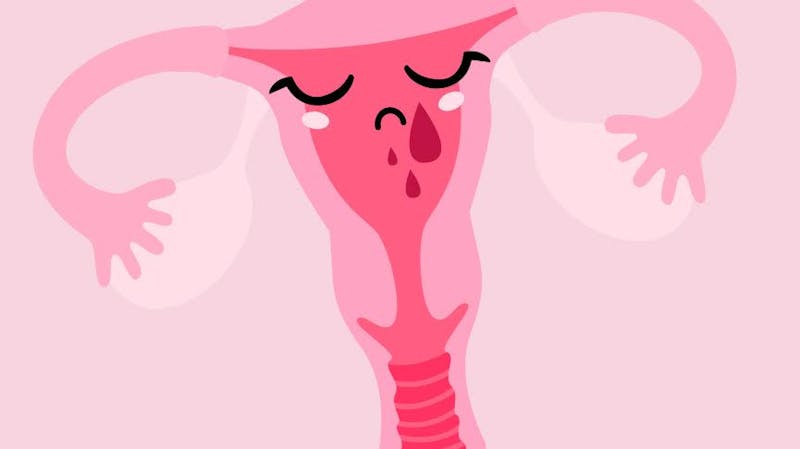
Endometriosis affects 10-14% of women and is characterized by endometrial implants outside the uterus lining. These are often painful, associated with inflammation, and can result in scarring/adhesive disease. Unfortunately, it takes an average of 6-10 years and 3-5 providers before diagnosis. Once diagnosed, treatment decisions are based on symptoms and presentations — pain, infertility, pelvic mass, symptom severity, disease location/extent, reproductive desires, age, medication side effects and need for surgery. The American Society for Reproductive Medicine Practice Committee states, “endometriosis should be viewed as a chronic disease that requires a lifelong management plan with the goal of maximizing the use of medical treatment and avoiding repeated surgical procedures.”
There are 3 main types of endometriosis pain: dysmenorrhea (painful cramps), non-menstrual pelvic pain (pain outside menses) and dyspareunia (painful intercourse). Treatment plans are based on the pain severity and must include a careful history, physical exam and often imaging to evaluate for other pain sources.
Endometriosis primarily affects women of reproductive age and is often seen with a familial component. For women with mild/moderate pain and no ultrasound evidence of pelvic mass, we often prescribe nonsteroidal anti-inflammatory drugs and/or hormonal contraceptives. Endometriosis is stimulated by estradiol/estrogens, and though a combination of oral contraceptives containing estradiol/progestin may help the pain/symptoms, they do not necessarily improve the disease itself because they contain estrogens. Progestins decrease endometrial tissue growth. There are progestin-only contraceptives such as norethindrone 0.35mg or the newer drospirenone pill. There is also an implantable progestin called Nexplanon, several progestins containing IUDs that don’t contain estrogen, or Depo-Provera, a 3-month injectable form of progestin-only contraception. Progestin IUDs can be very effective when adenomyosis, endometriosis of the uterus, is suspected.
Surgery is the gold standard for diagnosis since it is endometrial tissue implanted on structures in the pelvis. Commonly involved areas are soft tissues around the pelvis, ovaries, bladder surface and adjacent bowel. Surgery is NOT necessary to make a diagnosis. If first-line medical management has failed, we assess surgical need versus proceeding with second-line management such as elagolix, a gonadotropin-releasing hormone (GnRH) antagonist that suppresses gonadotropin hormone production in 4-6 hours and estradiol levels in 24 hours. By reducing estradiol levels quickly, patients typically see pain reduction in 2-4 weeks. 2 oral doses allow us to customize the estrogen level and anticipate side effects. In a phase 3 trial, both doses of elagolix were shown to have meaningful reductions in dysmenorrhea and non-menstrual pelvic pain at 3 and 6 months. The higher dose showed a meaningful reduction in painful intercourse. I’ve had the benefit of treating many patients over the last year with elagolix with impressive symptom improvement. One of my long-term patients happily reported that she no longer thinks about pain every day — she had done so prior to elagolix despite having had da Vinci surgery, Lupron for 6 months and oral progestin therapy combined with a progestin IUD!
If you’ve not had success with medications in the past or were unable to tolerate side effects, there are new drugs to help patients with moderate/severe endometriosis pain. Other drugs include GnRH agonists (Lupron) are injectable medications that reduce estradiol to the menopausal range. It can be used with add-back therapy to reduce symptoms. GnRH agonists are highly effective at suppressing ovarian hormone production and inhibiting the growth of endometrial tissue.
Surgical resection of endometriosis is offered to patients that do not respond to medical management or have recurrent symptoms. I use the da Vinci Surgical System for improved visualization/instrumentation that facilitates delicate tissue dissection. Surgical removal reduces pain by destroying the endometriotic implants. Medical management may still be needed for residual disease/areas that cannot be fully resected. Endometriosis is best viewed as a chronic disease with surgical back-up as the overall recommendation.
If your pelvic pain is not relieved by over the counter medications, come in to review your symptoms and let us help you!


